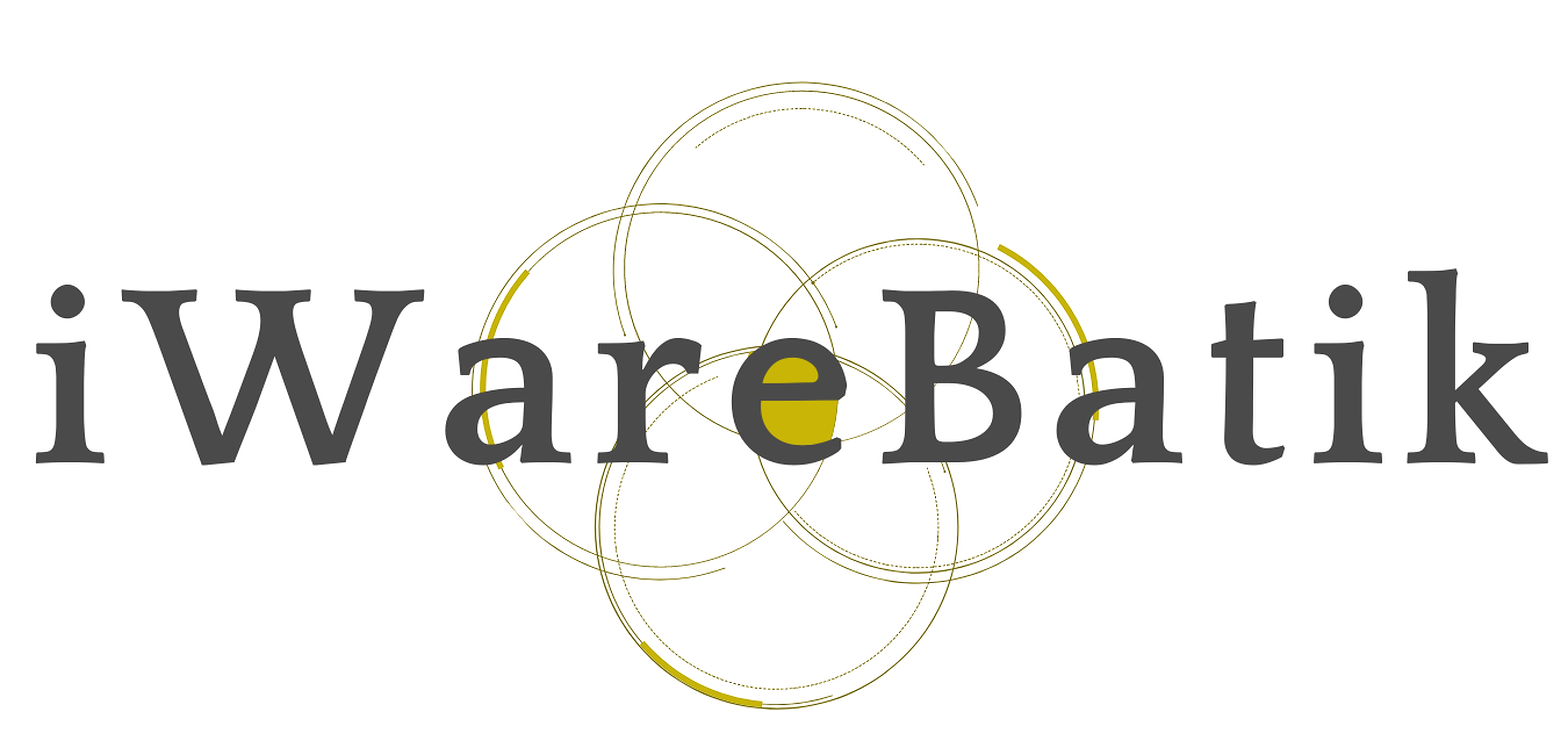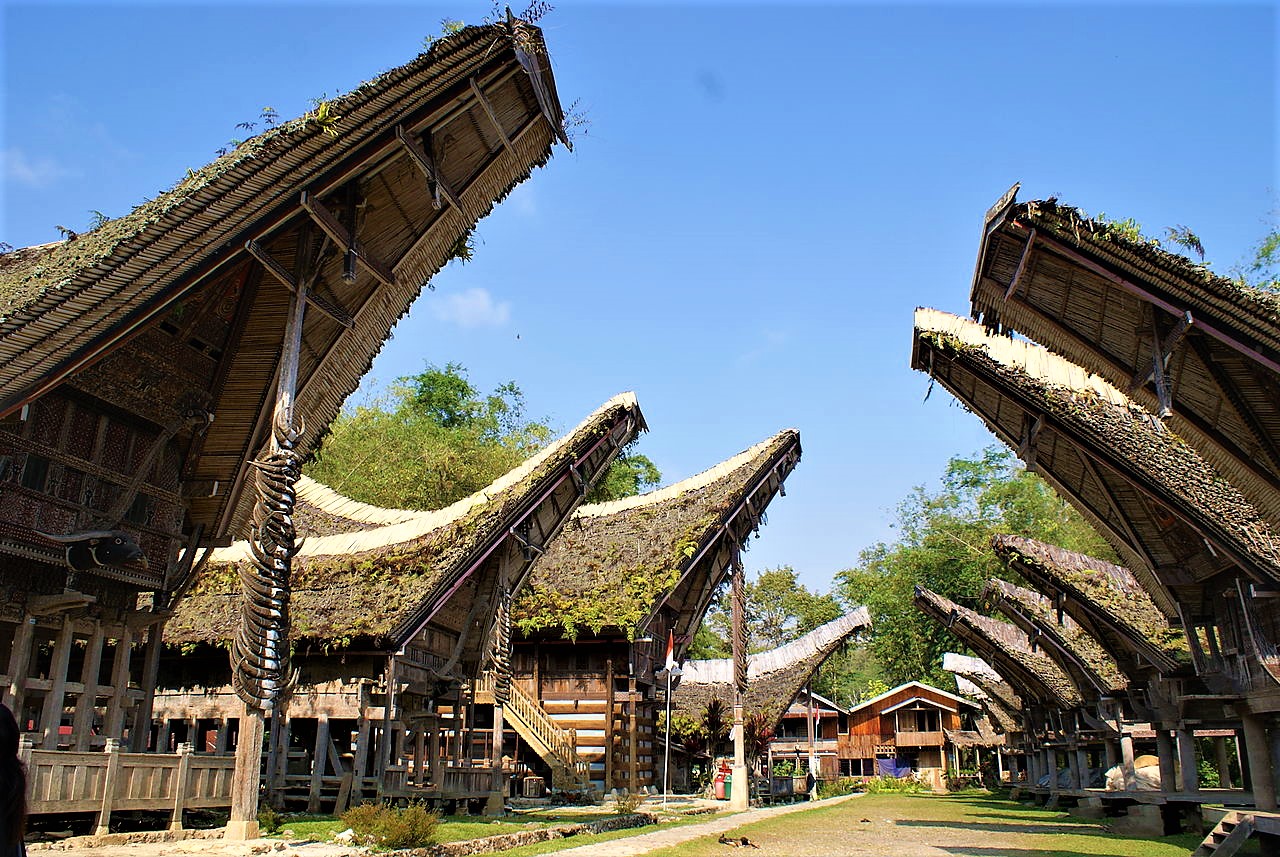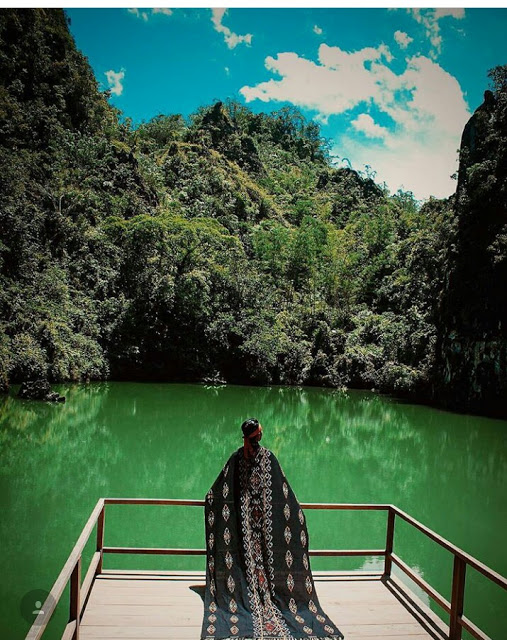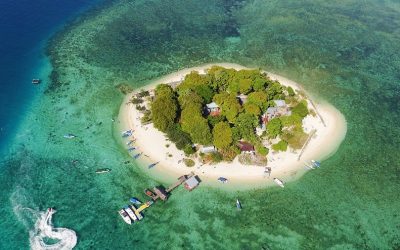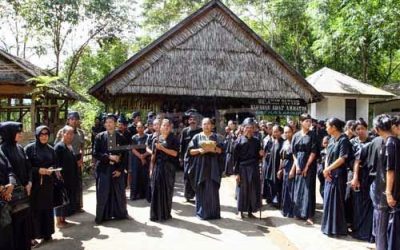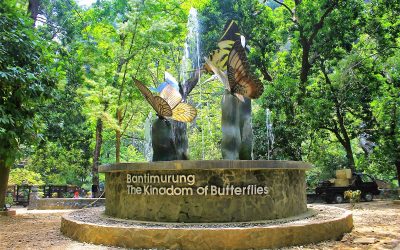Home / Batik Regions – Central Indonesia – Sulawesi Island – South Sulawesi / Tana Toraja National Heritage Site
Cultural Destination
Embrace the spirit of the place!
Tana Toraja National Heritage Site
Toraja Traditional Settlements in Kete Kesu Village, Tana Toraja Regency (Photo: 22Kartika.Wikipedia)
Limbong natural lake in Rantepao, North Toraja (Photo: @Diansix234)
Tana Toraja National Heritage Site
One cannot miss the wonder of Kete Kesu Village in Tana Toraja. South Sulawesi is known for the homeland of Toraja ethnic and its wonderful legacy. In this place, you will discover Toraja traditional settlements called Tongkonan. Tongkonan is a wooden stage house, decorated with original Toraja carving motifs. One of the famous wood carving motif is Pa’tedong motif that represents the face of a buffalo. The Pa’tedong motif is a symbol of hopes, abundance, and prosperity of the Toraja people.
Situated one hour driving from Kete Kesu Village, Limbong lake is another beautiful characteristic of this place. If you are seeking for relaxation, tranquillity and stunning view with Toraja cultural landscape, you should definitely come and enjoy the beauty of this place!
Cultural Tourism Destination
Tana Toraja National Heritage Site
Tourist Attractions in South Sulawesi
Samalona Beach
If you are longing for a small getaway on an island with blue sea and white sand, this island
Ammatoa Indigenous Village
Kajang tribe of Ammatoa Village is known for their typical traditional ceremony that is practiced to reveal
Bantimurung National Park
Have you ever thought if the Kingdom of Butterflies really exists in the world?
South Sulawesi
Batik Motifs
La Galigo
La Galigo is a literary work of the Buginese Epic that has 300 thousand epic lines. It is considered even
Paqbarre Allo
The word “Barre” means round and “Allo” means the sunlight. This motif is interpreted as
Tongkonan
Toraja’s traditional house is called Tongkonan. Tongkonan is a place for
Lontara
The Lontara script itself is a typical ancient script of Bugis and Makassar communities. History records that
Discover
Indonesian
Batik
Motifs
Desa Na Tolu
The Desa Na Tolu characteristic pattern symbolizes the Batak philosophy of existence and
Rumah Mamuju
the Batik motif illustrates the house of Mamuju King with the stairs, located on the left of the wooden stage house
Ukir Sentani
The Ukir motif is a batik motif that is inspired by various traditional Sentani wood carvings
Sido Mulyo
Sidomulyo is one of the classical motifs, which is specifically used for the bride’s costume in
Gorga Simeol-Meol
The Gorga Simeol-meol is a pattern of plant tendrils. it is regarded as a symbol of longevity and
Bale Lumbu
This motif signifies the welfare of the ancient Sasak society. Bale also symbolizes the
Biji Kopi
The coffee seeds motif illustrates the pride of local coffee specialities in
Raja Ampat
Raja Ampat motif represents the marine life at Raja Ampat archipelago in
Honai
The Honai is inspired by the traditional house of the Papuan community living in
Kerawang Tegak Aceh
The Vertical Upright (Kerawang Tegak) Motif symbolizes a person who has a strong
Pala Salawaku
This motif illustrates the unique weapons of the Maluku region, namely
Besurek Rafflesia
The term “Basurek” refers to a textile that contains letters or inscriptions
Sero Tangga
The Sero Tangga illustrates an endearing feeling and sacrifices of a person to fulfil
Kaharingan
The Kaharingan or ‘tree of life’ based on the Dayak tribes’ belief system. This tree symbolizes
Singayaksa
The Singayaksa motif comes from the name of a place where Sultan Hasanuddin used to
Awan Berarak
Awan Berarak is a combination of Dayak motifs and Malay patterns. The word ‘Awan Berarak’ means the
Malinau Cultural Festival
You will witness a unique competition that might not be found other than in
Prada Papua
The word “Prada” in the Javanese-Indonesian dialect means a batik textile that
Lipaq Sabe
Lipaq Saqbe contains a simple geometric classical motif with various flower decorations. This textile is
Tikar Natuna
The Tikar Natuna motif is adapted from the traditional making of pandanus mats in
Taiganja
Taiganja is a precious gold pendant that shows the social status of the Kaili family. It is
Dayak Taghol
Dayak Taghol has a distinctive style of four curved lines and small dots. This motif represents
Jupri Kembang Teh
Kembang Teh illustrates the tendrils of tea plants that grow in the highlands of
Daun Sirih
This motif illustrates betel leaves that are used by Lombok communities as traditional
Ikan tambal
The word “Ikan” refers to fish. The philosophical meaning of Ikan Tambal means is
Wakatobi
It symbolizes the coastal beauty of the Wakatobi island and the symbol of Patra symbolizes
Buketan Bali
The Balinese bouquet (Buketan Bali) is a floral arrangement and the name is
Pohon Hayat (Tree of Life)
The Batik motifs in Lampung are dominated by the acculturation of Buddhist and
Enggang Dayak
Local people beliefs that hornbills are an incarnation of the Commander of the Birds. It has supernatural
Tifa Totobuang
The batik motifs illustrate Maluku’s traditional music instrument called
Parang Seling
Parang Seling or “alternating daggers” is a royal batik motif. It is a feminine variant of
Pucuk Rebung Riau
Pucuk Rebung symbolizes heart determination in achieving goals, good luck, and
Gigi Haruan Lidi
The Gigi Haruan Lidi motif is taken from the name of the cork fish and is a symbol of
Parang Rusak
Another meaning behind this motif is an unconquerable spirit, symbolized by
Gamolan
This motif illustrates Gamolan, a bamboo musical instrument of Lampung that is
Tangerang Herang
Tangerang Herang motif is a symbol of Tangerang city. The Tangerang Herang batik motif consists of
Gonggong Siput
Gonggong (Strombus Turturella) is one type of sea snail found around
Kain Cual
Cual textile tradition has existed since the 17th century. The word “Cual” refers to
Keluak Daun Pakis
The word “Keluak” is a Minang language which means twisted or tangled. The Motif of
Lontara
The Lontara script itself is a typical ancient script of Bugis and Makassar communities. History records that
Merak Ngeram
The hatching peacock motif has a very deep meaning which refers to the sacrifice and
Dayak Kamang
Kamang motif is generally found in the Dayak tribe shield because it is believed to
Angsa Duo
According to legend, the Angso duo batik motif is a pair of swans that are believed to have led Princess
Daun Lada Hitam
The black pepper motif represents the main commodity of Bangka Belitung
Gurdo Solo
Gurdo or garuda bird is the mount of the Indian god Vishnu. As the Sun Bird,
Kaganga Tanah Rejang
If Batik Besurek combines Arabic calligraphy motifs, then the Kaganga batik takes
Srimanganti
The name of the Srimanganti motif is derived from Palace’s hallway that connects to
Tabir Tanjung
Tanjung flower is a type of Cherry tree flower, which is commonly found in
Teguh Bersatu
This batik motif shows the strength of the people of Kupang. It also represents a sense of
Tanah Liek
The word “Tanah Liek” refers to clay in Minang language. It is also known as
Wirasat
Wirasat or divine inspiration is a gift from God. This inspiration is symbolized by
Gumin Tambun
Based on Hindu mythology, this motif symbolizes lucks, abundant wealth, and
Salakanagara
Salakanagara batik motif illustrates the first kingdom in the Betawi land
Pinawetengan
The Pinawetengan Batik pattern was taken from a prehistoric inscription in
Cengkeh
The clove flower motif is the main commodity of the Tolitoli Regency. This motif represents
Kuda Kupang
Horses symbolize wealth. It contains noble values of virtuous characters that bring
Gonggong Beruntun
This motif illustrates that a person should maintain a positive attitude and
Gedhog Kembang Waluh
a combination of Javanese cultural motif of the Majapahit kingdom (XII-XIV century) with
Tubo Kelapa
Coconut tree is a symbol of a good character and strong mentality. It illustrates the more success a person, the more
Manguni Minahasa
Manguni is identified as the symbol of the Minahasa people. Manguni is known as a
Jumputan Bintang
The word Jumputan means the tie-dye technique, while the word “Bintang” refers to
Karawo Pinang
Pinang refers to the Palm areca tree. This motif is considered as the original
Sandeq
Sandeq Boat is a symbol of the maritime importance of the West Sulawesi region. The greatness of
Sekar Jati
Sekar means flower and Jati refers to teak trees that symbolizes a strong mental character that
Insang Ikan
Insang refers to the gills of the fish. This is a typical pattern of Malay ethnic who inhabits
Paqbarre Allo
The word “Barre” means round and “Allo” means the sunlight. This motif is interpreted as
Gentala Arasy
Built as high as 80 meters, the tower also highlights the historical side of
Tongkonan
Toraja’s traditional house is called Tongkonan. Tongkonan is a place for
Bultiya
The word ‘Bultiya’ is an acronym of the three major tribes in North Kalimantan, namely
Daun Simpor
This motif is inspired by the Simpor plant (Dillenia Suffruticosa) which is a typical
Tengkawang Ampiek
With its many advantages, the Dayaks use this leaf in ritual ceremonies. This plant is a symbol of
